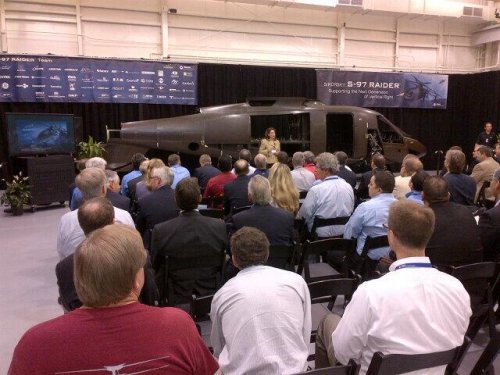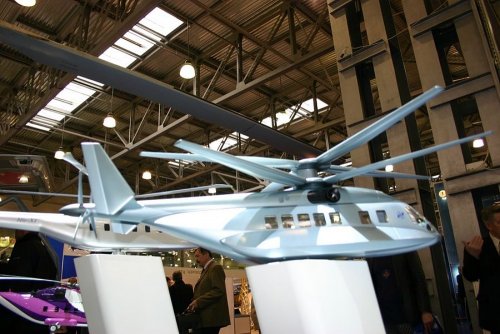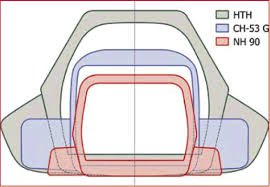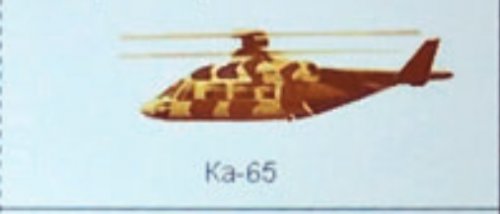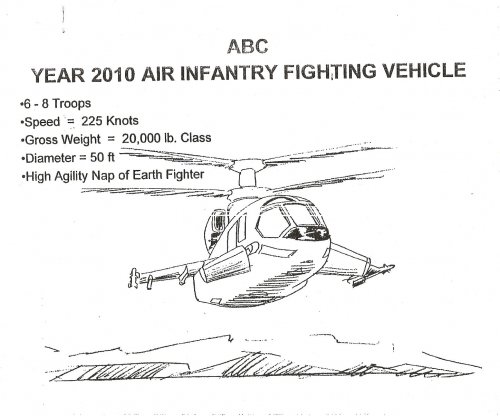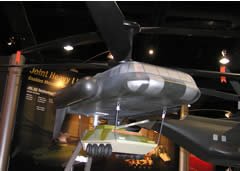Sikorsky's breakthrough X-2 high-speed helicopter likely can't be scaled up to the size of a heavy-lift helo, a Sikorsky executive told reporters Sept. 14.
"There is a question on the scalability on the X-2 technology at the medium class," said Scott Starrett, Sikorsky's vice president for government business development. "When you get to the utility-medium or attack-medium class, it scales nicely." However, with size and weight increases "you starting getting up to that kind of payload and physical size and it gets to be a different challenge for the technology."
Starrett said that the company's CH-53K, which Sikorsky is developing for the U.S. Marine Corps, could fit into the Defense Department's Joint Multi-Role (JMR) requirement for the heavy-lift helicopter.
"When that becomes available, we think the other services might be interested in it," he said.
For the so-called "ultra-class," which would be a vertical lift machine the size of a C-130 tactical fixed-wing transport, Starrett said that tilt-rotor technology would be the technology of choice. Yet Loren Thompson, an analyst at the Lexington Institute, Arlington, Va., said that the prospect of developing such an aircraft in the foreseeable future is virtually non-existent given the nation's dire fiscal situation.

